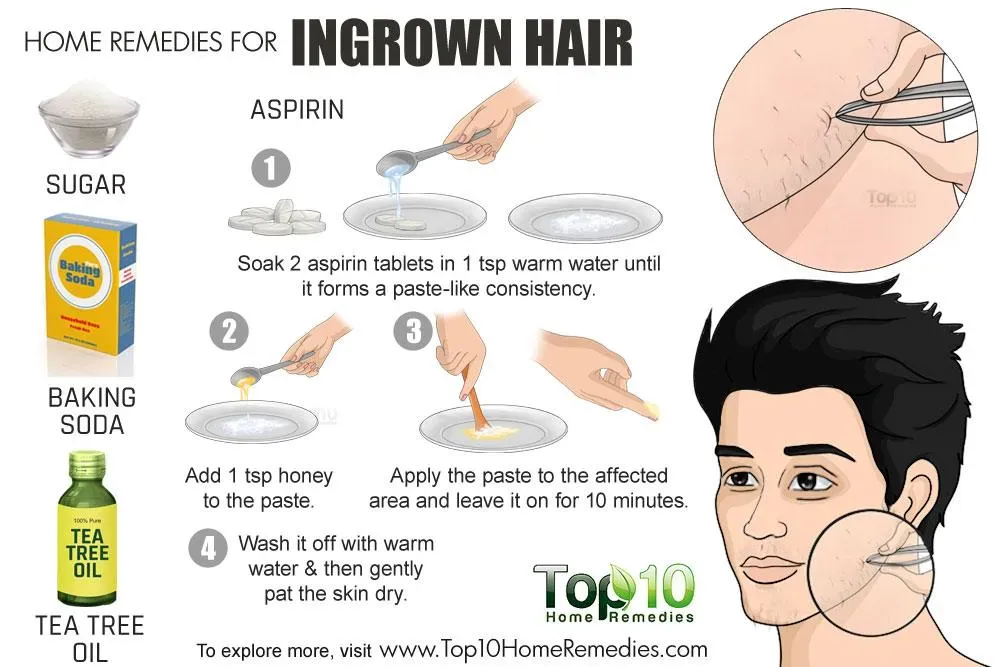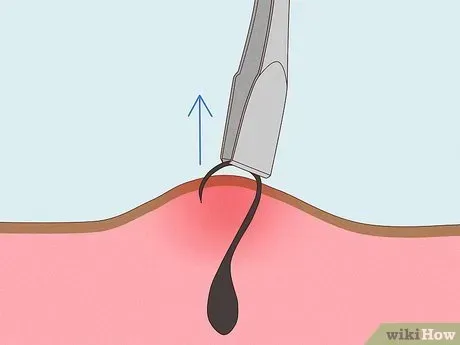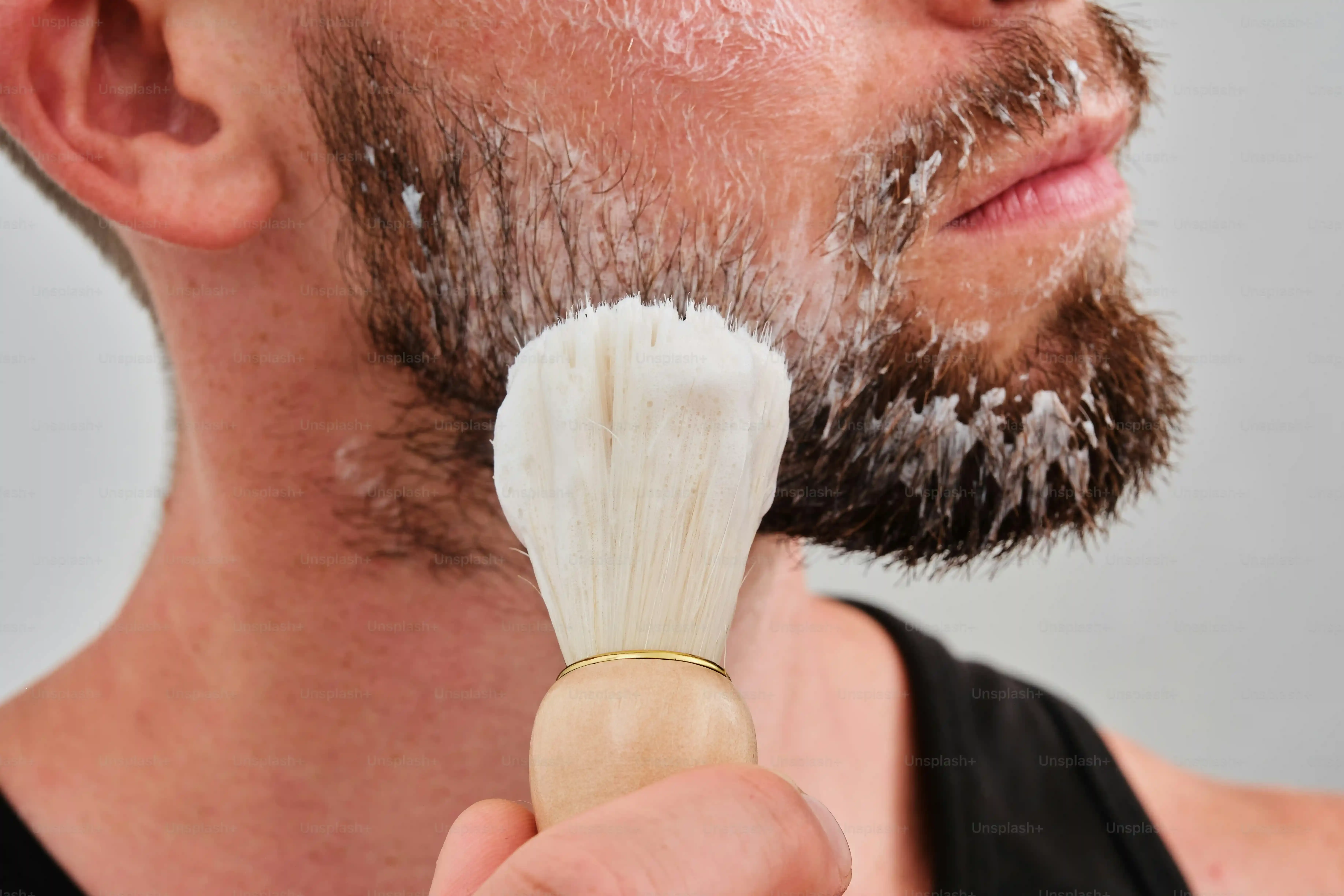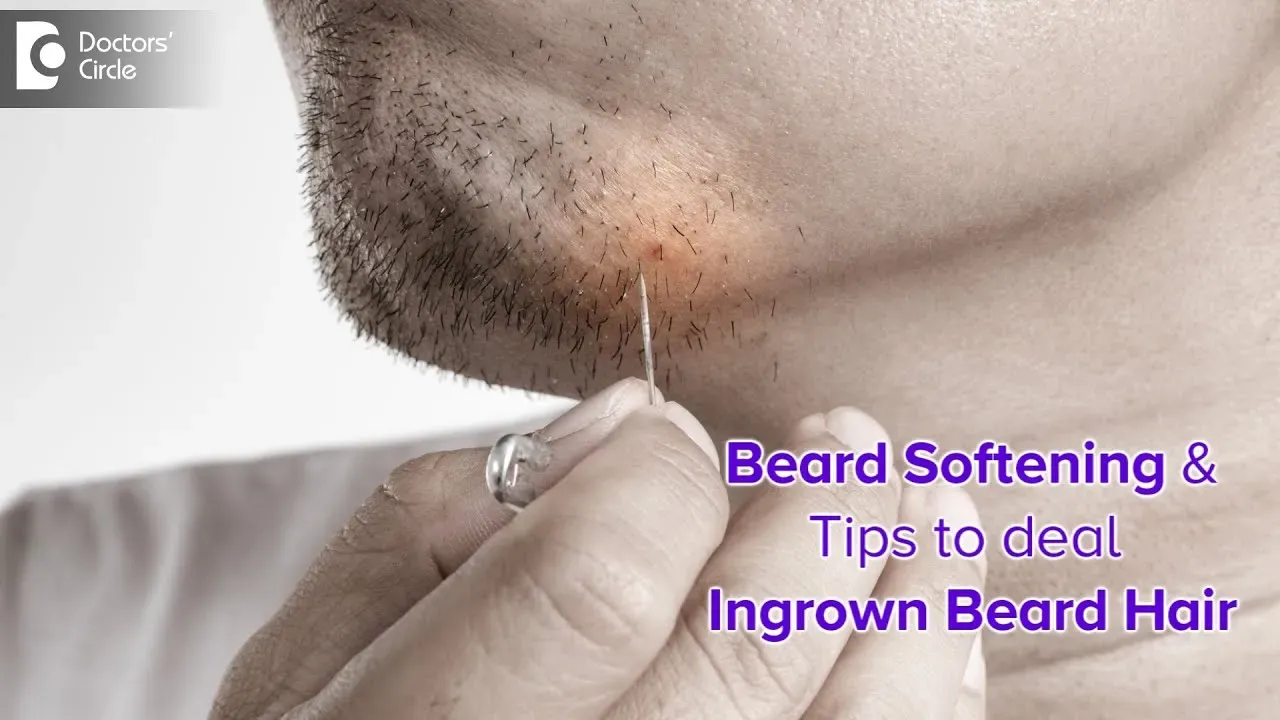Table of Contents
Let's be honest, those little red bumps popping up in your beard area? They're not just annoying, they can be downright painful. Dealing with ingrown beard hair feels like a tiny, unwelcome battle happening right on your face. You shave, you groom, you think you're doing everything right, and then bam – a hair decides to curl back and burrow under your skin instead of growing out. It's frustrating, it's uncomfortable, and left unchecked, it can lead to bigger problems like infection or scarring. So, if you're tired of navigating this minefield every time you shave or trim, you're in the right place. This guide cuts through the fluff and gets straight to the point, showing you exactly how to remove ingrown beard hair safely and effectively. We'll look at why they happen, how to spot them early, and step-by-step methods for getting rid of them without making things worse. Stick around, and let's make those pesky ingrown hairs a thing of the past.
What Causes Ingrown Beard Hairs and How to Spot Them

What Causes Ingrown Beard Hairs and How to Spot Them
Why Your Beard Hairs Go Rogue Underground
Alright, let's talk about the root of the problem – literally. So, you're shaving or trimming, right? You're cutting hair that's naturally curly or coarse, which a lot of beard hair tends to be. When you cut it, especially if it's cut too short or at an angle, the tip becomes sharp. Instead of growing straight out of the follicle like a well-behaved hair, this sharp tip decides it's more fun to curl back and poke into your skin. Think of it like a tiny, annoying splinter, but it's your own hair. This is incredibly common if you have thicker or curlier hair textures. Shaving techniques play a huge role too – shaving against the grain? That's practically an invitation for ingrowns. Dry shaving or using dull blades can also irritate the skin and make it easier for hairs to get trapped. It's less about bad luck and more about how the hair interacts with your skin after removal.
Spotting the Culprits: How to Identify Ingrown Beard Hairs
Identifying ingrown beard hair usually isn't rocket science, but sometimes they can be sneaky. The classic sign is a small, red, raised bump. It often looks a bit like a pimple, and sometimes it even has a visible hair trapped inside, either curled up or just under the skin's surface. These bumps can be tender or painful to the touch. You might feel itching or a general irritation in the area. Sometimes they can get inflamed and fill with pus, looking like a full-blown zit, which is your body's way of saying, "Hey, there's something foreign and annoying here!" They pop up most often in the areas you shave or trim regularly – along the jawline, neck, and cheeks. Catching them early is key before they become deeply embedded or infected.
Common Signs of Ingrown Beard Hairs:
- Small, red, raised bumps
- Pimple-like appearance, sometimes with a visible hair
- Tenderness or pain
- Itching or irritation
- Inflammation or pus-filled bumps (if infected)
Safe and Effective Ways on How to Remove Ingrown Beard Hair

Safe and Effective Ways on How to Remove Ingrown Beard Hair
Gentle Approaches for Releasing Trapped Hairs
so you've spotted one of those little nuisances. The first rule when you see an ingrown beard hair is: don't just grab tweezers and start digging. That's a fast track to irritation, infection, and maybe even a scar. Your initial goal is to coax the hair out gently. A warm compress is your best friend here. Soak a clean washcloth in warm (not scalding) water, wring it out, and hold it against the ingrown area for a few minutes. This helps soften the skin and open up the pore, making it easier for the hair to pop out or get closer to the surface. Do this a few times a day. You can also try a gentle exfoliation. Using a soft brush or a mild exfoliating scrub in circular motions over the area can help remove dead skin cells that might be trapping the hair. Be super careful not to scrub too hard – you're trying to free the hair, not sandpaper your face. Consistency with warm compresses and gentle exfoliation is key before moving to anything more direct.
When You Need a Little More Persuasion
If warm compresses and exfoliation haven't done the trick and you can see the hair loop just under the skin's surface, you might need a bit more targeted action. Before you do anything, make sure you have clean hands and sterilized tools. You can use a sterilized needle or a pair of sterilized, fine-tipped tweezers. The goal here is *not* to pull the hair out entirely, but just to gently lift the loop of the hair out from under the skin. Slide the needle or tweezer tip under the visible loop and gently lift it free. Once the hair is no longer trapped under the skin, you can leave it alone and let it grow out normally, or if it's long enough and you *really* want to remove it, you can carefully tweeze it in the direction of growth *after* it's out from under the skin. Applying a mild antiseptic afterward is a good idea to keep the area clean. Remember, patience is crucial when learning how to remove ingrown beard hair without causing damage.
Steps for Gentle Ingrown Hair Release:
- Apply warm compresses multiple times a day to soften skin.
- Gently exfoliate the area with a soft brush or mild scrub.
- If hair is visible, sterilize tweezers or a needle.
- Gently lift the hair loop from under the skin's surface.
- Do NOT dig or force the hair out if it's not easily accessible.
- Apply a mild antiseptic to the area.
When Home Remedies Fail: Dealing with Stubborn Ingrown Hairs

When Home Remedies Fail: Dealing with Stubborn Ingrown Hairs
When Over-the-Counter Help is Needed
So, you've done the warm compresses, you've tried the gentle exfoliation, you've even attempted the careful needle-and-tweezer maneuver, and that stubborn ingrown beard hair is still hunkered down like it's paying rent. It happens. Sometimes these guys are just deeper or more inflamed than your average bump. This is when you might look towards the pharmacy shelf. Products containing salicylic acid or glycolic acid can be helpful. These are chemical exfoliants that help to shed dead skin cells more effectively than physical scrubbing, potentially freeing the trapped hair. Apply them as directed, usually as a spot treatment. Hydrocortisone cream (a mild steroid) can also help calm down the redness and inflammation around the ingrown hair, making it less painful and possibly encouraging the hair to surface. Just use these sparingly and follow the package instructions; you're not trying to nuke your skin, just give that ingrown a gentle eviction notice.
Recognizing Signs of Trouble and When to See a Pro
While most ingrown hairs are just a nuisance, some can turn nasty. How do you know when it's gone beyond a simple home fix and you need to call in the cavalry? Look for signs of infection. This means increased redness spreading from the bump, significant swelling, throbbing pain, or a lot of pus. If the area feels hot to the touch or you start seeing red streaks leading away from the bump, those are definite red flags. Also, if the ingrown hair is particularly large, painful, or just won't budge after a week or two of consistent home care, it's time to consult a doctor or dermatologist. They can safely extract the hair using sterile instruments and may prescribe antibiotics if there's an infection, or stronger creams to reduce inflammation. Ignoring an infected ingrown hair isn't just uncomfortable, it can lead to scarring or more serious skin issues down the line.
Signs You Might Need Medical Attention:
- Spreading redness or red streaks
- Significant swelling and throbbing pain
- Lots of pus draining from the bump
- Area feels hot to the touch
- Ingrown hair is very large or deep
- Doesn't improve after 1-2 weeks of home treatment
Prescription Treatments and Longer-Term Solutions
For those who deal with chronic, painful ingrown beard hairs, a doctor might suggest prescription-strength treatments. These can include stronger topical corticosteroids to knock out inflammation, or topical retinoids (like tretinoin) which help increase cell turnover and prevent follicles from getting blocked. If infection is a recurring problem, a doctor might prescribe antibiotic creams or even oral antibiotics for a short period. For some individuals, especially those with very thick or curly hair that's prone to ingrowns, shaving might just be a constant battle. In these cases, hair reduction methods could be a more permanent solution. Electrolysis or laser hair removal, which targets the hair follicle itself, can significantly reduce the number of hairs and thus the likelihood of ingrowns. Places like hairawaybylaser.com specialize in these kinds of treatments. While it's a bigger step than a warm compress, for severe, recurring ingrowns, it might be the path to smoother, less irritated skin.
Preventing Ingrown Beard Hair: Tips for Smoother Skin

Preventing Ingrown Beard Hair: Tips for Smoother Skin
Mastering Your Shaving Technique
so you've dealt with the current batch of ingrowns. Now, how do you stop the little rebels from coming back? Prevention is way less painful than extraction, trust me. It starts with how you shave. Forget about chasing that baby-smooth finish by scraping against the grain. Shaving *with* the grain, in the direction your hair naturally grows, dramatically reduces the chance of the hair curling back into the skin. Use a sharp blade – dull blades are the enemy, they pull and tug the hair, creating sharp, angled tips perfect for burrowing. A single-blade razor can be better for some folks than multi-blade cartridges, as it causes less irritation and cuts the hair less aggressively below the skin surface. Don't apply too much pressure; let the razor do the work. Rinse the blade often.
Pre-Shave Prep and Post-Shave Care
Prepping your skin before the blade hits it is crucial. Shave after a warm shower. The steam and heat soften the hairs and open up the follicles, making the cut cleaner and easier. Always use a good quality shave gel or cream, not just soap. It creates a protective barrier and helps the razor glide smoothly. Look for products with lubricating ingredients. After shaving, rinse your face with cool water to close the pores. Pat your skin dry gently; don't rub it raw. Follow up with a soothing, alcohol-free aftershave balm or moisturizer. This helps keep the skin hydrated and reduces irritation, creating a less hostile environment for your growing beard hairs.
Key Prevention Tactics:
- Shave with the grain, following hair growth direction.
- Use a sharp, clean razor blade (consider single-blade).
- Avoid excessive pressure while shaving.
- Shave after a warm shower to soften hairs.
- Always use a lubricating shave gel or cream.
- Rinse with cool water and use an alcohol-free aftershave.
Exfoliation Isn't Just for Faces
Regular exfoliation isn't just about glowing skin; it's a frontline defense against ingrowns. By gently removing dead skin cells, you prevent them from clogging follicles and trapping hairs underneath. You can use a physical exfoliant, like a soft brush or a scrub with fine particles, a few times a week. Or, opt for chemical exfoliants with ingredients like salicylic acid or glycolic acid in a cleanser or toner. These work by dissolving the bonds between dead skin cells. Incorporate this into your routine a couple of days a week, focusing on the areas prone to ingrowns. Consistency with exfoliation keeps the path clear for your beard hairs to grow outwards, where they belong.
Putting an End to the Ingrown Beard Hair Battle
Navigating the world of ingrown beard hair doesn't have to be a constant struggle. We've covered why these stubborn hairs decide to turn inward, how to identify them before they become major issues, and actionable steps on how to remove ingrown beard hair safely at home. Remember, patience and a gentle touch are key. While home remedies work for many, some ingrown hairs are more persistent and might require professional help or a change in your grooming routine. Ultimately, understanding the causes and implementing preventive measures is your best defense. By adopting careful shaving techniques and consistent skin care, you can significantly reduce their occurrence and keep your beard area feeling and looking better.
